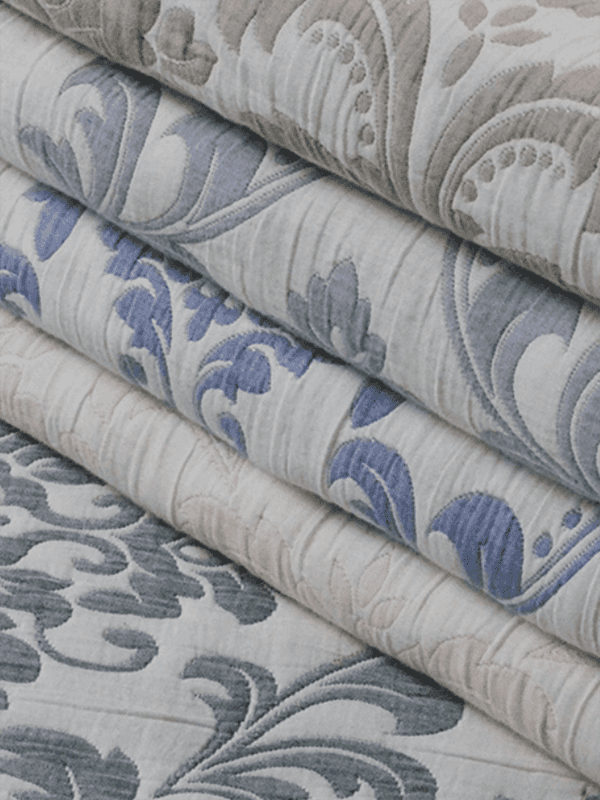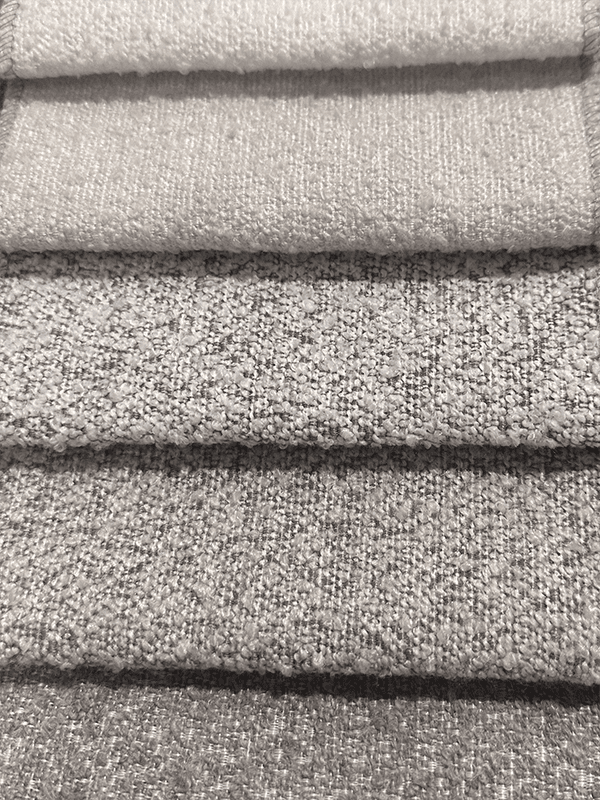Introduction: Understanding Cotton Jacquard Fabric
Cotton jacquard fabric stands out in the textile industry for its intricate patterns, textured surfaces, and elegant appearance. Unlike regular cotton fabric, which is typically plain-woven, jacquard weaving allows for complex designs to be integrated directly into the fabric rather than printed or embroidered. This weaving method opens doors to greater design versatility and structural uniqueness, making it ideal for apparel, home textiles, and decorative applications.
Weaving Techniques: Jacquard vs Plain Cotton
The fundamental difference between cotton jacquard and regular cotton lies in the weaving process. Jacquard fabric is produced using a jacquard loom that allows each warp thread to be controlled independently. This mechanism enables the creation of complex, multi-dimensional patterns. In contrast, regular cotton fabric usually employs plain, twill, or satin weaves, limiting the design possibilities to simple textures.
Jacquard Loom Mechanics
Jacquard looms employ a series of punched cards or digital programming to lift specific warp threads, creating patterns such as florals, geometric shapes, or intricate motifs. The controlled lifting of threads ensures precision and durability in the pattern, which is directly woven into the fabric. This is unlike printed cotton, where patterns are applied on top of the fabric, which can fade or wear over time.
Pattern Durability and Texture
Because the design in cotton jacquard fabric is woven rather than printed, it tends to be more durable and long-lasting. The texture is also more pronounced, giving the fabric a tactile quality that enhances visual depth. Regular cotton fabric, while smooth and versatile, lacks this level of textural richness and intricacy in patterning.

Design Versatility and Applications
Cotton jacquard fabric is highly versatile, suitable for both fashion and home décor applications. Its ability to incorporate complex patterns and textures makes it ideal for:
- Formal and semi-formal clothing, such as dresses, blouses, and tailored shirts.
- Home textiles, including curtains, upholstery, cushion covers, and bedspreads.
- Decorative accessories, such as table runners, bags, and scarves.
Comparative Design Potential
Regular cotton fabrics are often limited to solid colors, simple stripes, or printed patterns. Jacquard cotton’s weaving allows multi-layered designs, combining different textures, relief effects, and even subtle color contrasts. This makes it a preferred choice for designers aiming for a luxurious and unique finish in their products.
Durability and Maintenance
Cotton jacquard fabrics generally offer superior durability compared to regular cotton. The woven patterns are resistant to wear and maintain their integrity even after multiple washes. The thicker and more structured nature of jacquard also provides better resistance to wrinkling and stretching, making it ideal for high-use applications like upholstery or formal attire.
Care Instructions
While durable, cotton jacquard requires careful maintenance to preserve its texture and pattern clarity. Recommendations include:
- Wash in cold or lukewarm water to prevent shrinkage.
- Use mild detergents to maintain fiber integrity.
- Avoid excessive wringing or machine drying; air-dry or use low heat settings.
- Iron on the reverse side if necessary, preferably at medium temperature.
Texture and Comfort Comparison
Cotton jacquard’s woven patterns create a textured surface that enhances tactile appeal, while still retaining the softness and breathability inherent in cotton fibers. This makes it comfortable for clothing and home textiles. Regular cotton, while soft and versatile, lacks the elevated textural experience that jacquard provides, which can limit its visual and sensory impact in high-end applications.
Cost and Production Considerations
Cotton jacquard fabric typically comes at a higher cost due to its complex weaving process and longer production time. The investment, however, is often justified by its enhanced aesthetic appeal, durability, and design flexibility. Regular cotton fabrics are more economical and widely available, making them suitable for mass-market products or applications where pattern complexity is not a priority.
Environmental and Sustainability Factors
Sustainably produced cotton jacquard fabrics follow similar practices as regular cotton, including organic farming and reduced chemical use. Due to its durability, jacquard fabric can contribute to longer-lasting products, reducing waste. However, energy consumption during weaving can be higher due to the complexity of jacquard looms, which is an important consideration for eco-conscious production.
Conclusion: Choosing Between Jacquard and Regular Cotton
Cotton jacquard fabric differentiates itself from regular cotton through its weaving technique, pattern durability, textural richness, and design versatility. While regular cotton remains ideal for everyday apparel and basic home textiles due to its simplicity and cost-effectiveness, cotton jacquard offers a premium option for those seeking durability, intricate designs, and enhanced tactile appeal. When selecting fabric, consider the application, desired pattern complexity, maintenance capabilities, and overall aesthetic goals to make an informed choice.

 English
English 中文简体
中文简体 Español
Español عربى
عربى












